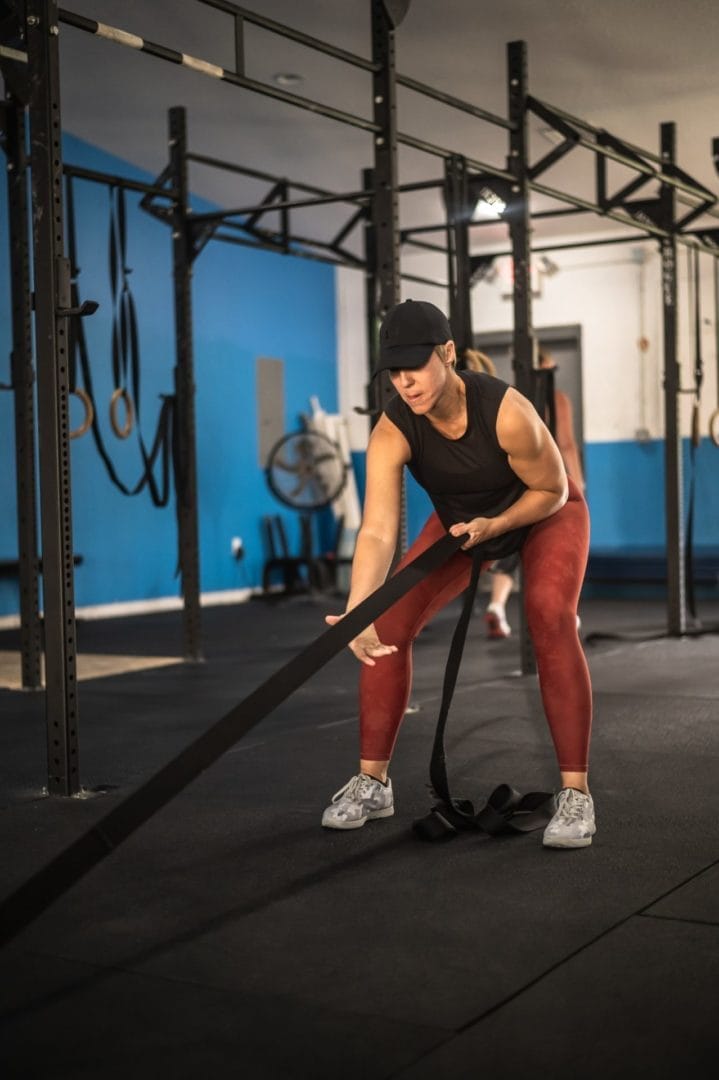
Training age is a term used in health and fitness to describe how long an individual has been following a structured physical fitness plan, giving insight to someone’s current ability and how close they are to their maximal physical potential. It is different from biological and chronological age.
Here’s a quick example of the difference:
Client 1: A 57-year old male who just began working out 6 months ago .
Client 2: A 23-year old female who qualifies for the Olympics in weightlifting .
In the example above, although client 1 is more than twice the (chronological) age of client 2, his training age is that of a novice. Client 2, although much younger, likely has an advanced training age.
Training age is something that coaches use to help inform and influence a program design.
Things like tempo (time under tension), rate of adaptation, types of contractions, and even rest periods are influenced by a client’s training age.
But before we break down the differences for each of the above, let’s get on the same page with some general guidelines to help define what we mean by novice, intermediate, and advanced training ages.
Novice Trainees:
- Have completed at least 500 training sessions
- That would mean this person has worked out 3x/wk for just under 3-1/2 years
- Or 5x/wk for 2 years
Intermediate Trainees:
- Have completed at least 1000 training sessions
- That would mean this person has worked out 3x/wk for just under 6-2/3 years
- Or 5x/wk for 4 years
Advanced Trainees:
- Have completed at least 1500 training sessions
- That would mean this person has worked out 3x/wk for just over 9-1/2 years
- Or 5x/wk for 5-3/4 years
Now that you understand what training is, let’s go back to why it matters – namely, the way it informs and influences a program design. The information below is best thought of as a general framework versus hard and fast rules.
| Novice | Intermediate | Advanced | |
| Tempo (time under tension) | High (30-90s) | Moderate (10-60s) | Low (2-20s) |
| Rate of Adaptation | Very fast (< 4 months) | Moderate (12-24 months) | Very very slow (> 2 years) |
| Types of Contractions | Motor control (MC) + Muscle Endurance (ME) | MC + ME + Strength Endurance (SE) + Absolute Strength (AS) | All |
| Types of Contractions (continued) | Isometric + Controlled Concentric and Eccentric + Cyclical. NO dynamic | Isometric + Controlled Concentric and Eccentric + Cyclical. Dynamic if capable, intentional, and purposeful. | Same as intermediate |
| Rest Periods | Short | Moderate | Long |
A very simple way to understand training age is that more advanced trainees will have a well developed central nervous system. This allows them to “go deep,” to express very high levels of strength and power, necessitating a longer period of recovery.
So how do you assess someones training age? There a couple things to do:
- Ask questions about their experience with exercise
- Assess their current physical capability prior to beginning a structured plan with you
- Track their progress over time (as mentioned above, novice trainees will adapt and improve drastically in very short periods of time, like a few months)
As you can see, it’s important to know one’s training age as there are so many factors within a program design that are dictated by it.


